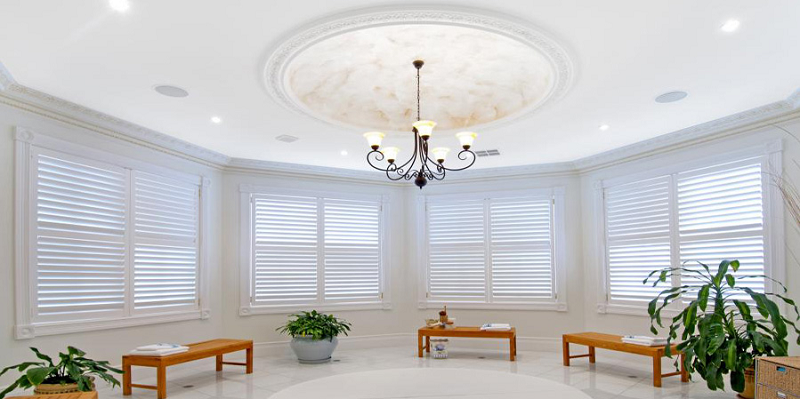Achieving the best finish when plastering a huge area, such as a complete wall or ceiling depends on the plasterer having a nice technique and a deal of practice. Such cracks can be repaired using a good flexible filler, sanded to a smooth finish. Greater patches of damaged or loose plaster may require re-plastering to get a suitable surface for decorating and painting over.
 |
| Repairing Plaster |
- Plaster walls, mainly those in older homes, have cracked due to the house configuration in its foundation, or kind of holes from where furniture and doors have struck the plaster and damaged it. So repairing plaster walls are a direct, straightforward process and not as complex as working with plaster ceiling damage.
- If the type of damage to the plaster wall is a cosmetic which is not pressed, the real time to do the repair is shortly just before plan to apply for a new paint job. The kind of location of the repair will be always visible and like a noticeable blemish. The timing of repair to coincide with a fresh coat of paint that can fix this. Nonetheless, one may just choose to repair the damage and match with the patch as best as one can to the existing wall surface.
- Hairline type of cracks in repairing plaster walls is really too thin to actually be remedied effectively. For hairline sizes, it cannot be patched if there is something for the patch to adhere to. To provide a good seat for the patch, the hairline crack must be widened a bit. Long hairline cracks, remove a little of plaster at intervals for the crack to provide a better seat. Let’s clean out any dust and loose plaster with a damp towel.
 |
| Repairing Plaster |
- Make sure the patching repairing plaster does not fill that hole level along with the existing wall surface. It covers the hole to a level that is slightly below the surface of the existing plaster – One wants to leave enough space for the joint compound which covers the plaster patch or still be even with the wall’s surface.
- Let’s measure the vertical length of the damaged area. For that it requires a length of wood that exceeds this vertical dimension, then tack it gently to the wall –which flushes with one of the corners – make sure that the length of the wood must extend past the hole of both the top and the bottom. This will be the guide when patching the outside corner that can get an edge that blends with the undamaged portion of the corner. This piece of wood will act as an extension of the wall, which gives a surface that is much like the one would have repairing plaster damage on a flat wall.
Conclusion: To remove loose plaster also undercut the hole to provide a good seat for the plaster patch. It needs a plaster trowel to smooth away from the wooden guide, just overlapping the existing wall slightly. After one side has dried, may switch, the wooden guide to the damaged corner or repeat the process. Fill any holes used to track up with the piece of wood with joint compound.
May 24, 2016
Leave a comment
